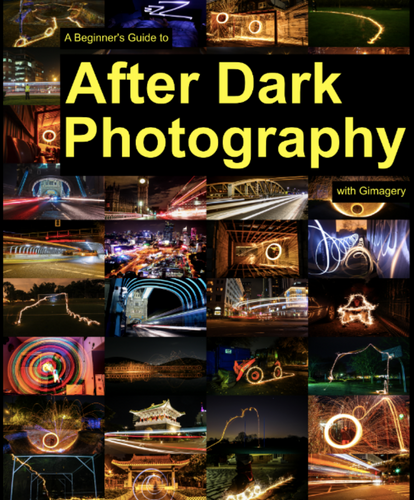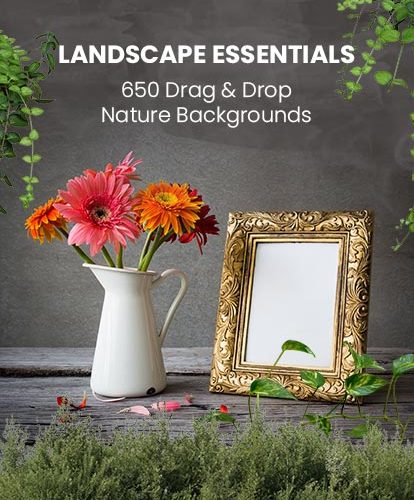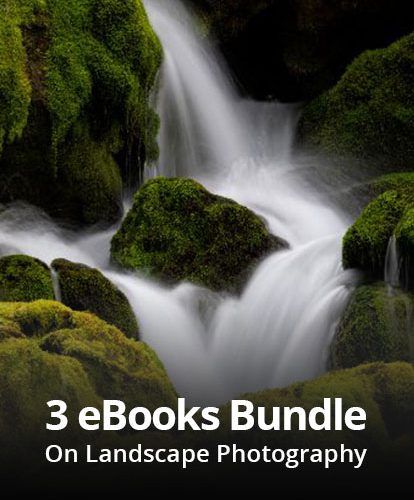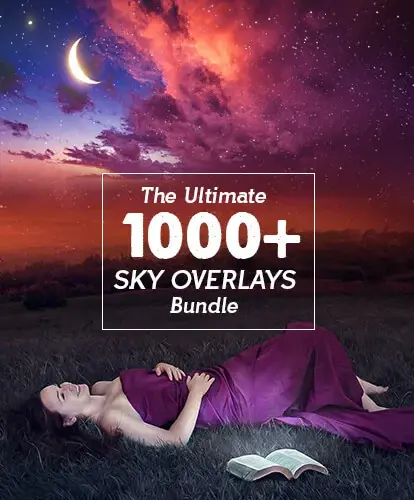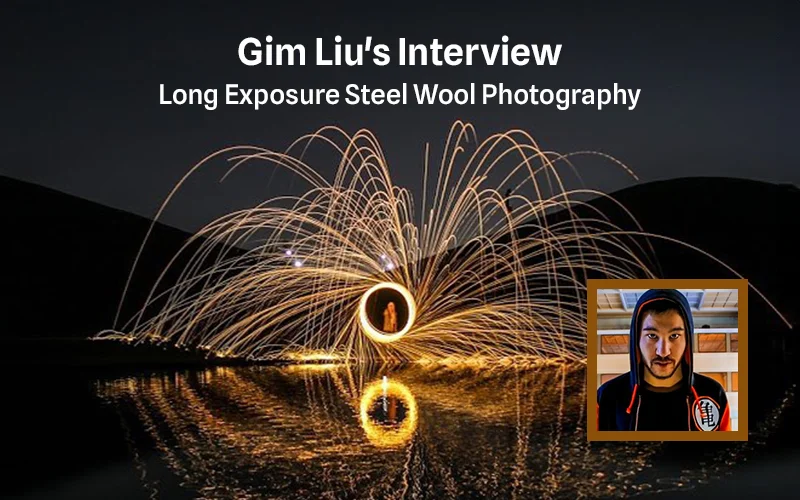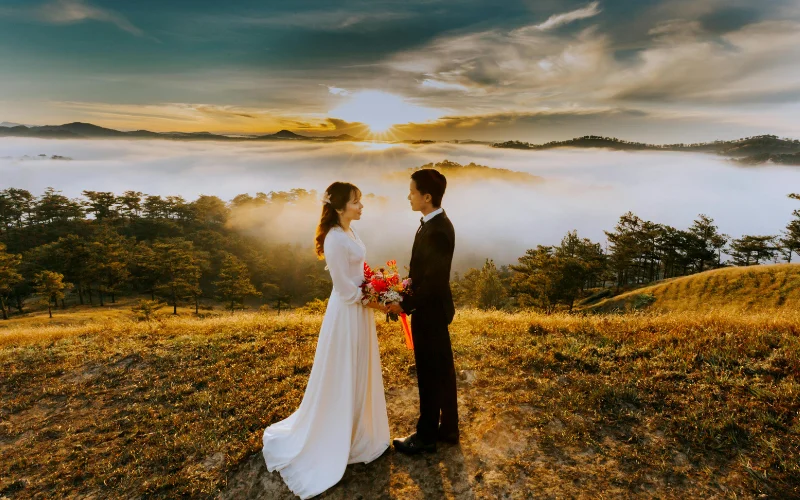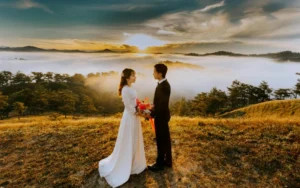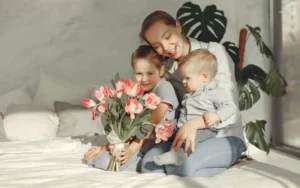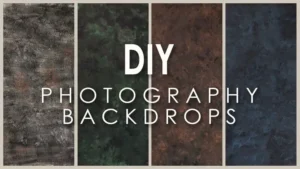Charlie Borland has been a professional photographer for over 35 years. Based in Oregon, he has shot almost all over the world. He has worked with high-end clients including Xerox, NW Airlines, Fujitsu, Nike, Blue Cross, NationsBank, Texas Instruments, International Paper, Cellular One.
His work has also been published thousands of times worldwide and in publications like National Geographic Adventure and Traveler, Outside, Women’s Sport and Fitness, Newsweek, TV Guide, Sports Illustrated for Women, Time, Backpacker, American Photo, Outdoor Photographer, to name a few.
In this interview, we learn a little more about Charlie and find out how he got started and what makes him the photographer he is today.

How did you get your start as a photographer? Was there anything specific that made you want to become a photographer?
I got my first SLR when I was 18. My best friend had received a camera from his brother, who was stationed in Asia after the Vietnam war. He invited me to go out and take pictures with him and it was fun. So, I decided to get a camera for myself and then we teamed up to go out and shoot. I enjoyed it enough to start taking workshops and classes, where among many workshop instructors, I met Bryan Peterson and we have been friends ever since. I even co-wrote his book on Flash Photography. Eventually, I enrolled in Brooks Institute in the late 70’s and have been a working pro since.
From many of your interviews, I learned that you love to explore different types of photography. But can you tell us which one would have to be your favorite?
I love to photograph….whatever is in front of the camera. As far as favorite subjects, the more commercial subjects were often grueling assignments, but I still loved it. And then the things I do for fun are more relaxing like landscape photography. I love shooting the landscape because it’s just me and the wilds and the weather. No deadlines, clients, or distractions.

You have been a photographer for more than 30 years now. Having been a photographer for so long, what keeps you inspired?
I think to keep the excitement going after so many years in an often-ruthless business, you need personal goals or projects that you are passionate about. I am always working on something with a theme, while I also take off to hike and shoot because nature is the best escape for me.
What do you feel about photography 15 years back and now? And how do you feel about the transition from film to digital?
I love digital and Photoshop and what we can do now. But I never want to forget what it was like before all that. Probably 2/3 of my career was film based and much of how you worked was done differently. I was also much busier the first 15-20 years than the last 10 years so there has been a lot of change in the overall photography business. But change is part of every business for the most part and you adapt to survive. Today, I can still create images with a camera and that’s the main thing because the passion to do that has not changed.

How much do you research before you start on a new project?
It definitely depends on the project. Most assignments don’t require too much research in the traditional sense but instead require logistical planning. I had a client that sent me all over North America shooting industrial locations and we might do 10 locations in 10 states over a two-week period. That was a challenge planning the travel schedule, timing, and anything we needed to be shipped to the location. Most of my personal projects are more spontaneous in many ways. I often like to just show up and then get the creative thinking kicked into gear, adapting as needed. But that approach won’t work for everything. If I am using models as an example, pre-planning is essential.
What lies ahead for you now?
I keep shooting my personal work while also looking for any and all opportunities. Sometimes things just pop up. I also create online training courses and have an eBook out there, with more of all that planned in the future. So I stay pretty busy.

What was the first digital camera you started using?
My first camera was an Olympus with Fixed lens and wide angle and telephoto attachments. I don’t even recall the model, but I only made it about a year with that before getting a Canon 10D and then moving up every 18 months to something bigger and more powerful.
Do you have an all-time favorite camera?
My fav would be the 4×5 view camera. I had three of them: a Cambo studio camera, a Calumet with bag bellows for architecture, and a Toyo 45AR field camera, my true favorite. I loved shooting in the field with the Toyo. It takes so long to set up and frame a picture, a film was expensive, and that means I spent much more time to compose the image. With DSLR’s and no film costs, even I rapid fire once in a while.
Your photographs can be seen almost everywhere on the internet, to name a few like the National Geographic Adventure and Traveler, the NY Times, Sports Illustrated, Outdoor Photographer, etc. Can you tell us more about your journey to fame?
LOL, one thing I was told by one of my agents at the beginning of my career was that there is often little correlation between fame and fortune. Something that may bring you fame might not always pay much while good paying assignment may not be noticed by anybody who cares who the photographer was. I am proud of the many publication credits I have, but they are just credits. While they may help in obtaining other business, most clients choose photographers they personally like. Being able to do the shoot is the most important but clients want somebody they are able to work with. That is how you develop relationships with editors and art directors. You need a wide range of abilities and if it is stock photography, then you need a lot of stock photos before clients continually call you back. Then you market and market until you are sick of it, and then market a little more.

Do you face challenges in photography even after all this time and how do you overcome them?
Absolutely! And as an example; industrial photography. I am not doing much location work in industrial settings anymore, but every single shot was a challenge because we often never knew what we were up against until we got there. It could be lighting, color, a missing piece of something, a broke down a machine, or things you do not expect. You have to be a problem solver. You cannot have a client fly you halfway around the world and not come away with a shot because details were overlooked or something went wrong. So, you need to be quick at coming up with alternative strategies if things down go right. This is less of a problem with my personal work. If it is raining, I wait another day.
Can you tell us a little about your post-processing workflow?
I am a big Photoshop fan. I also have Lightroom but do not use it as much because I was deep into PS before LR was introduced and there lies my comfort zone. They are great programs. For workflow, I often start with the basics in Bridge like the metadata, and sometimes basic adjustments in ACR. Usually, I only need one scene out of a batch for processing and I take that into PS. From there it is usually adjustment layers for everything from contrast, to color, and anything else that needs attention. I use layers and masks all the time, do exposure blending, and occasionally luminosity masks. My philosophy is that I want things to look real unless I am doing something conceptually. I liken that philosophy to being raised on transparency film which had a limited dynamic range, little ability to manipulate like today, and so you learned how to fit into those parameters. With digital, there is no limit and while that is a good thing, it can easily be misused resulting in images that just don’t look real.

What tips or advice do you have for other aspiring photographers?
Follow your heart and passion. If you want to go pro great, but if you want to do photography just for fun, then forge ahead. Make photography whatever you want it to be for yourself. Trying to make money at it as far as a living, is tough. It’s crowded out there and there is less business than there used to be. But it is so fun and can bring life experiences you just wouldn’t find without that camera opening the door. If a business is your goal, you need to be a very good photographer because you might very well be competing for an assignment against a long-established pro. If landscape and nature is your passion, learning to write and shoot video will only open more opportunities for you. I have often said, that pro photography is not a job, it’s a lifestyle! So, whatever you decide, dive in with all your passion and never give up. Things will happen!
Find out more information on Charlie Borland photography tutorials & insights here!

